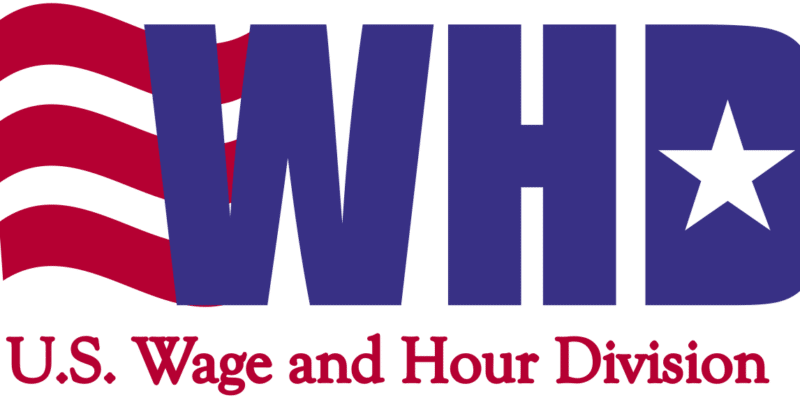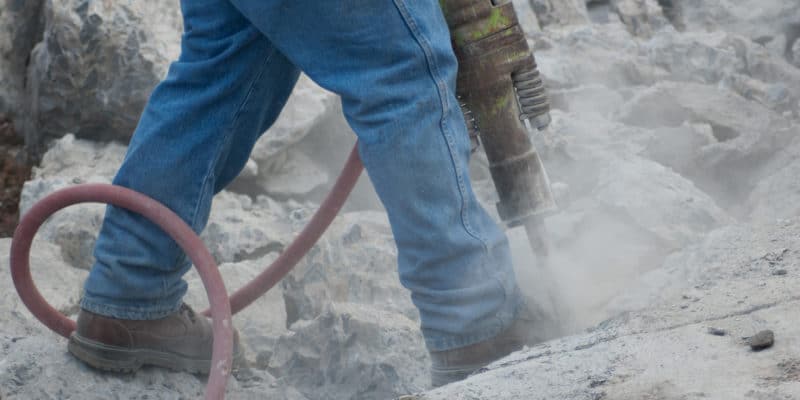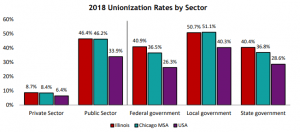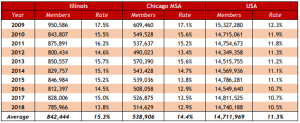1/23/20
Chicago, IL (WorkersCompensation.com) – Attorney General Kwame Raoul today convened the first meeting of a task force that will facilitate collaboration between the Attorney General’s office, county prosecutors and state agencies in order to better protect workers’ rights and law-abiding businesses in Illinois.
The Worker Protection Unit Task Force was created under Senate Bill (SB) 161, which was initiated by Attorney General Raoul and signed into law by Gov. JB Pritzker. The new law became effective on Jan. 1, 2020. The task force will bring together the state’s leading regulatory agencies that impact workers, law enforcement and worker protection advocates in order to better combat wage payment violations and unfair labor practices. …
… The new law established a Worker Protection Unit Task Force to facilitate information sharing and collaboration between the Attorney General’s office, local prosecutors, the Illinois Department of Labor, the Illinois Department of Human Rights, the Illinois Department of Employment Security and the Workers’ Compensation Commission. …
In addition to establishing the Worker Protection Unit Task Force, Senate Bill 161 codified the Worker Protection Unit within the Attorney General’s office to enforce violations of worker protection laws. The law also gives the Attorney General clear legal authority to investigate and bring enforcement actions against employers that commit wage theft and other workplace rights violations.











